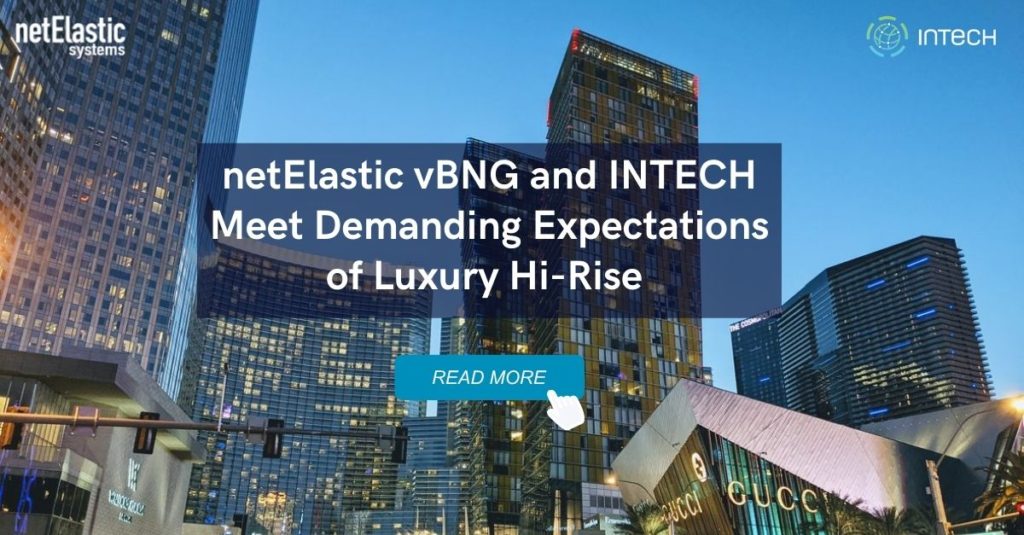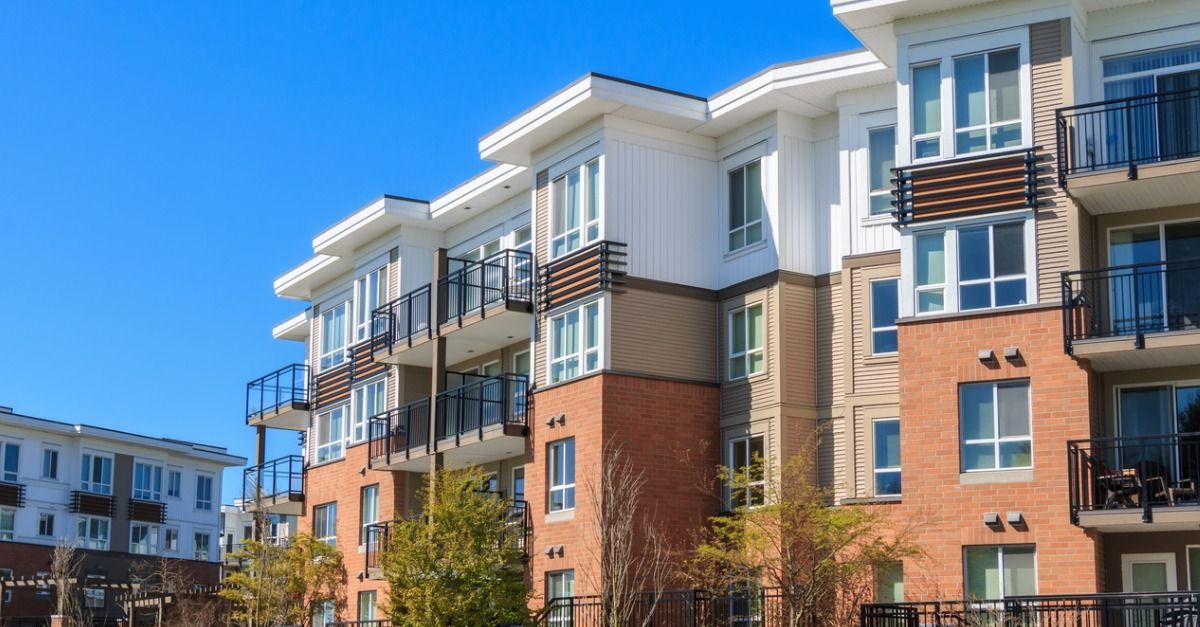Driving down a busy street on a weekday mid-morning, I passed many apartment buildings and was surprised to see so many cars in the parking lots.
Why were there so many cars? Were people being laid off from their jobs? Was it a national holiday? The answer was no.
Then it hit me. These people were working from home. With coronavirus variants and sub variants popping up throughout the world, people continue to work from home. And looking forward, many companies are preparing for a hybrid approach to work. As a result, many employees will continue to work remotely post-pandemic.
Remote Work and Multi-Dwelling Unit (MDU) Residents
Remote work is having a profound effect on the priorities of people who live in apartments, condominiums, and other multi-dwelling units. Swimming pools and fitness centers used to rank at the top of MDU amenities. However, high-speed connectivity is now a key requirement. Our home has become our office.
New Priorities Require New Solutions
The changing requirements of MDU residents are also changing the internet access solutions MDUs are looking at.
Most MDU vendors bundle internet access with other services, such as Wi-Fi, QR codes for visitors to gain access, etc. One of the benefits of a bundled solution is convenience. It’s easier to place one order for multiple services than to place multiple orders for each service.
This worked fine before the pandemic. However, very fast and reliable internet access is now critical for most MDU residents. As a result, property owners are looking at best-of-breed broadband solutions that can deliver greater performance and scalability. Broadband network gateways (BNGs) are filling this need.
Broadband Network Gateways
BNGs are an essential network component since they’re the access point for individuals (in this case MDU residents) to connect to the broadband network. The BNG aggregates traffic from many residents and routes it to the network of the service provider. Once connected, a subscriber can access the broadband services delivered by their provider.
netElastic developed one of the first software-based (or virtual) BNGs and is a market leader in vBNG technology. netElastic vBNG runs on standard Intel® Xeon® Scalable processor-based CPU technology, which provides the scalability to handle increased network traffic and the flexibility to quickly make new feature changes.
The Benefits of Virtual BNGs for MDUs
One of the benefits of vBNGs is greater performance. For example, a well-known MDU vendor offers an access gateway targeted at mid-to-large properties that have thousands of internet-connected devices. This gateway achieves throughput up to 6 Gbps.
Let’s compare that to netElastic vBNG. netElastic and Intel have been working together to maximize vBNG performance. Recently, Intel tested netElastic vBNG on 3rd generation Intel® Xeon® Scalable processors. The test results showed vBNG achieved up to 770 Gbps throughput per server. That’s 770 Gbps throughput, compared to 6 Gbps throughput for the traditional MDU access gateway. Of course, netElastic vBNG can also scaled down as needed.

Lower costs are another benefit of vBNGs. Traditional MDU access gateways bundle software with proprietary hardware. There is another word for proprietary hardware, and that is “high costs.”
Software-based BNGs eliminate the high costs of proprietary hardware by running on standard, off-the-shelf x86 hardware. Virtual BNGs running on commodity servers also benefit from the rapid price reductions seen in commercial x86 hardware. For example, netElastic has found their virtual BNG saves service providers up to 70% in hardware costs, since it runs on commodity x86 servers.
INTECH and the Waldorf Astoria Residences Benefit from vBNGs
The Waldorf Astoria Residences (located on the Las Vegas Strip), is the premier name for luxury living in Las Vegas. With a focus on providing an unmatched customer experience, the Waldorf Astoria Residences wanted to offer its residents high-speed, ultra-reliable internet access. They turned to INTECH, a multi-dwelling unit (MDU) service provider with a reputation for providing high quality internet access and excellent customer service.
INTECH began searching for a broadband network gateway that was scalable and cost-effective, with high performance and a stable operating environment. After evaluating many vendors, INTECH chose netElastic vBNG.
Nando Ateho, General Manager, INTECH, said “The Waldorf Astoria is the most luxurious and demanding high-rise on the Las Vegas strip. And I’m happy to say netElastic vBNG has been an excellent fit. Not only did netElastic save us money compared to our previous vendor, but the performance and stability of vBNG has been outstanding. If netElastic vBNG can be successful at the Waldorf Astoria, they can be successful anywhere.”
To learn more about how the Waldorf Astoria Residences is benefitting from netElastic vBNG, please read the case study on netElastic vBNG and INTECH Meet Demanding Expectations of Luxury Hi-Rise.


